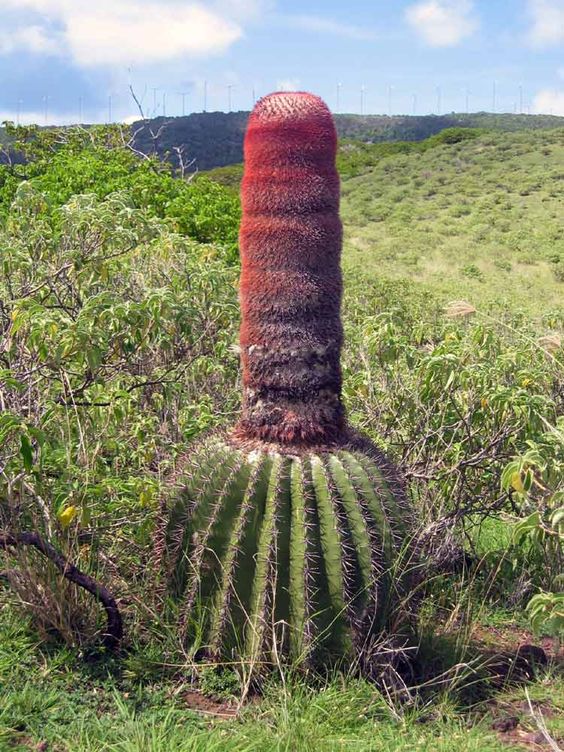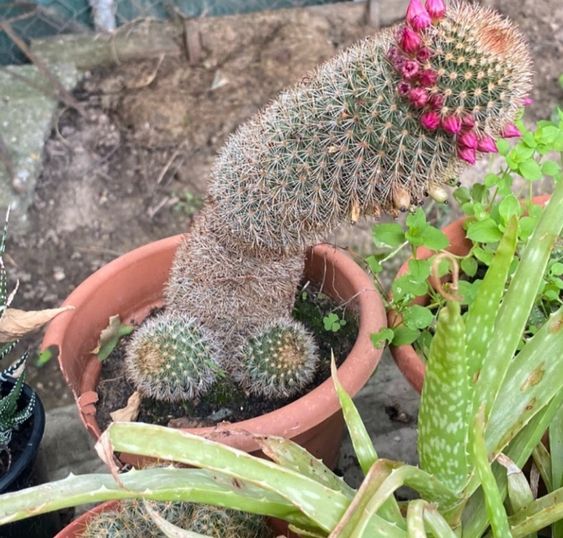In the arid and unforgiving landscapes of desert regions, a remarkable plant thrives, defying the harsh conditions with its striking presence and unique adaptations. The Dragon’s Blood Tree, with its distinctive form and resilience, has captured the fascination of botanists and nature enthusiasts alike. In this article, we will explore the captivating world of the Dragon’s Blood Tree, delving into its characteristics, cultural significance, and the adaptations that allow it to flourish in challenging environments.

- Characteristics and Appearance: The Dragon’s Blood Tree, scientifically known as Dracaena cinnabari, is a species of evergreen tree that belongs to the Dracaenaceae family. It is native to the Socotra archipelago in the Arabian Sea. The tree’s name is derived from its red resin, often referred to as “dragon’s blood,” which has been used for various purposes throughout history. The tree’s iconic appearance includes a thick, bottle-shaped trunk with a crown of sword-like leaves that emerge at the top.

- Resilience in Harsh Environments: One of the most remarkable aspects of the Dragon’s Blood Tree is its ability to survive in extremely arid and harsh conditions. It has evolved specific adaptations to cope with limited water resources, such as succulent leaves that store water and minimize evaporation. The tree’s unique shape also helps to capture moisture from the fog that frequently blankets its native Socotra Island.


- Cultural Significance: The Dragon’s Blood Tree holds cultural significance for the people of Socotra and beyond. It has been deeply ingrained in the folklore and traditions of the region for centuries. The red resin, often associated with the tree, has been used in traditional medicine, dyes, varnishes, and even as incense. The resin was also believed to have mystical and healing properties, contributing to its cultural reverence.





